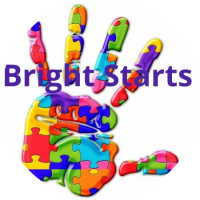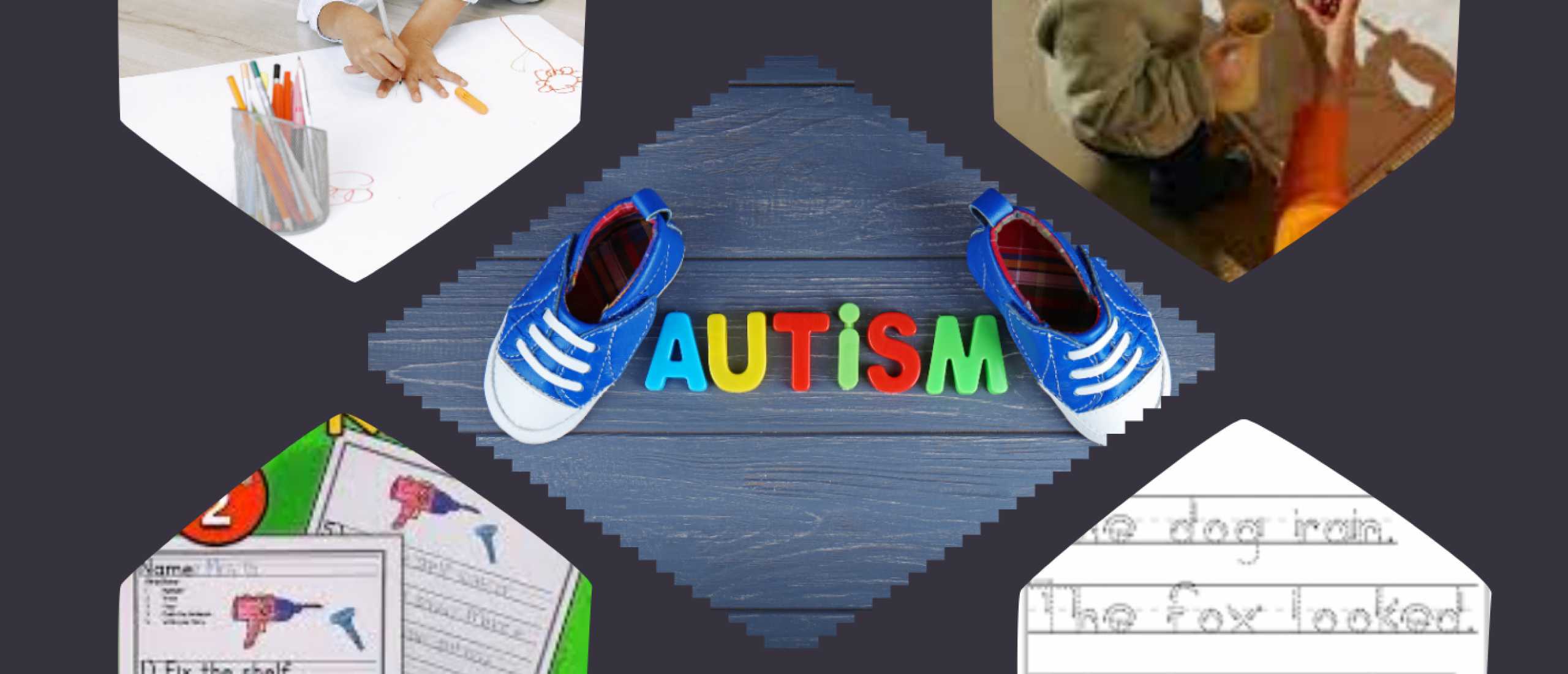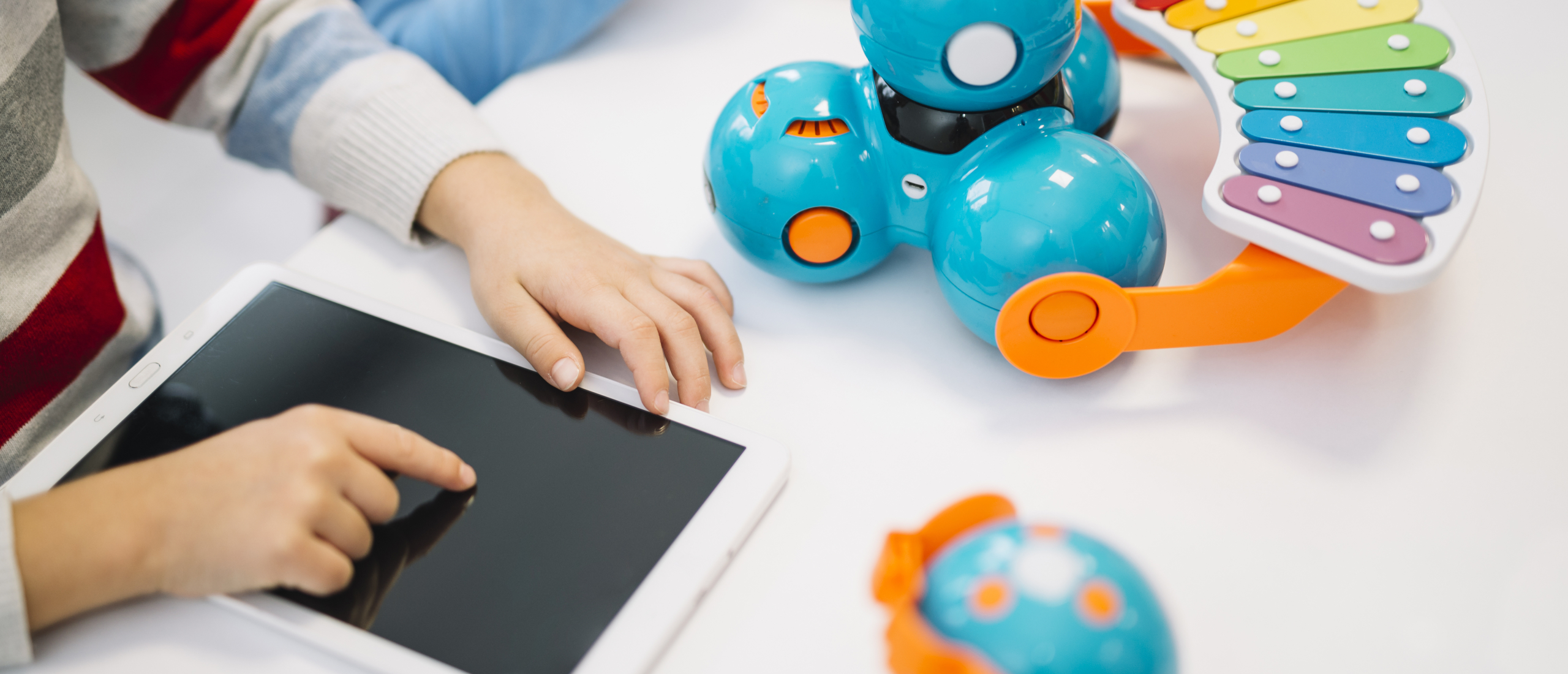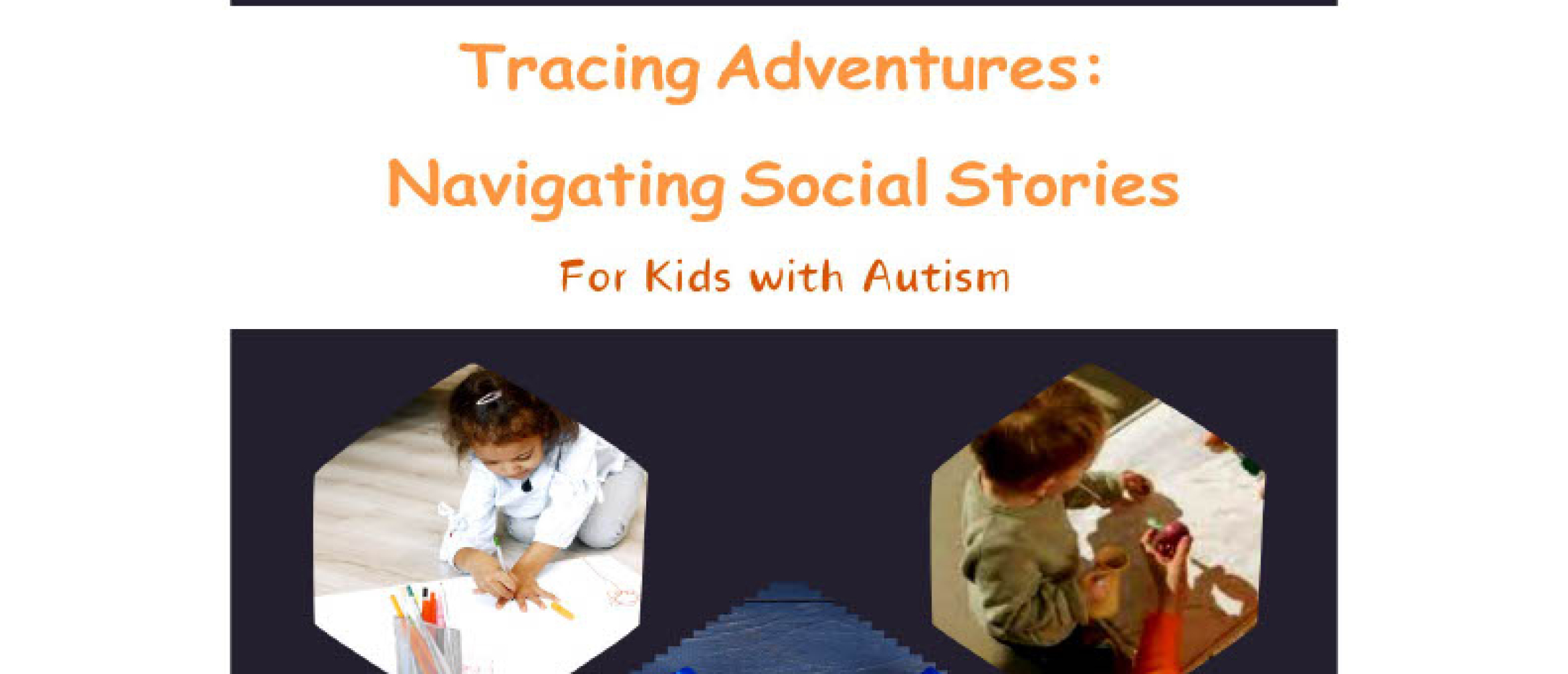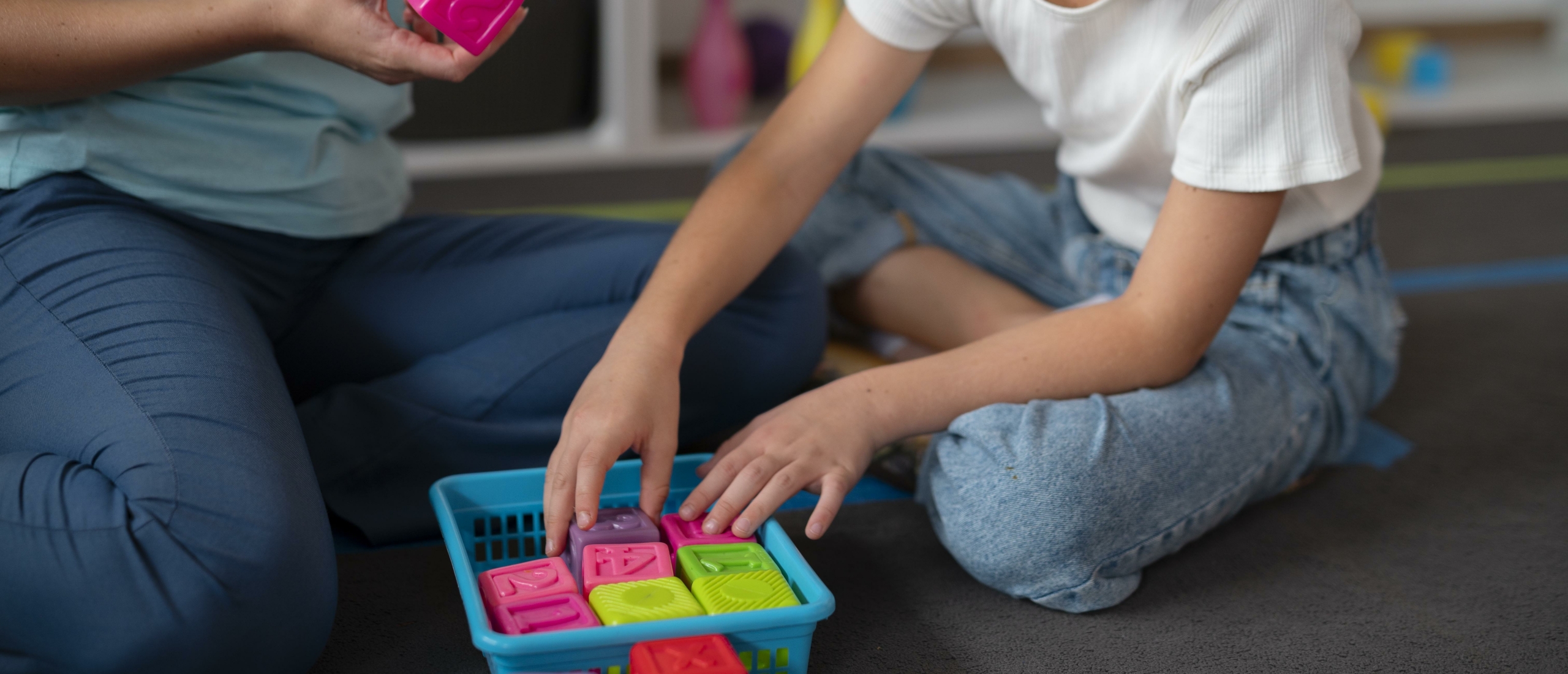
The Power of Reinforcement and Reward Systems in Autism Education
The world of autism education and therapy is full of various strategies to promote positive behavior and develop new skills, but few methods are as effective as the use of reinforcement and rewards. Reinforcement and reward systems motivate—they do far more than pass along a sweet treat or high-five. Instead, they provide carefully constructed systems that allow individuals to recognize and celebrate the big and small achievements in life. Keep reading to find out how these systems can be customized to help people with autism, encouraging meaningful learning and growth.
Understanding Reinforcement and Reward Systems
At its most basic, a reinforcement and reward system is a tactic utilized to increase desirable behavior and decrease undesirable behavior. It functions on the basic behaviorist principle that behaviors followed by positive consequences will be more likely to be repeated. For individuals with autism, these systems can be effective as they provide clear, tangible motivation for changing behavior or gaining a new skill.
Types of Reinforcement
In the world of autism education, it's all about the positive reinforcement. This gives individuals something desirable because of a behavior being performed, and can include:
Tangible Rewards—small toys, stickers or favorite snacks.
Social Reinforcement—praise, high-fives, smiles or other affirming signals.
Activity Rewards—access to a preferred activity, such as time on a computer or trip to the playground.
Implementing Effective Reward Systems
Effective reward systems are far from simple, requiring careful observation and understanding of the individual to be successful. Here are some other important considerations:
Know What Motivates the Individual: The most effective rewards are those that are motivating. What works for one child may not work for another. Spend time with an individual and observe what truly excites and motivates that learner.
Be Specific with Goals: What exactly are the behaviors or skills you are reinforcing? Whether it’s using words to request a toy or taking turns during play, target behaviors should be specific, observable, and measurable.
Keep It Predictable: Consistency is key. Make sure that a learner knows what behavior is being rewarded and that the reward immediately follows the behavior.
Start Small: Especially as you work on a new or challenging skill, break it down into smaller, more achievable components. Reward progress, then the completion of each component, and then the target skill. This will keep excitement high and help maintain motivation throughout long or difficult activities.
Don't give out too many rewards: You want the learner to do the behavior naturally, with no need for rewards or finding it fun. As time goes on, you'll rely less on external motivation and find fulfillment in mastering new skills.
The impact of reinforcement and reward systems extends far beyond the modification of a single behavior. A well-designed system can:
Boost Self-Esteem: Giving frequent positive reinforcement will help a child build confidence and a sense of accomplishment.
Enhance Learning: Positive reinforcement makes learning fun and engaging, which makes an individual more likely to apply and keep skills. The more immediate and consistent the reinforcement, the more effective your teaching is likely to be.
Improve Social Interactions: By reinforcing the social behaviors you want to see more of, a child’s communication and interpersonal skills can’t help but improve.
Reinforcement and reward systems are two of the most effective tools in an autism educator’s arsenal. When approached intentionally, with consistency and creativity, they can elevate the potential for learning for every person with autism, resulting in meaningful behavioral and educational outcomes. Remember, their ultimate power lies in recognizing what motivates the individual, and in celebrating each step toward growth and independence. As we continue to unlock the potential within each learned, these strategies will remain key to promoting success and joy throughout their educational journey.
